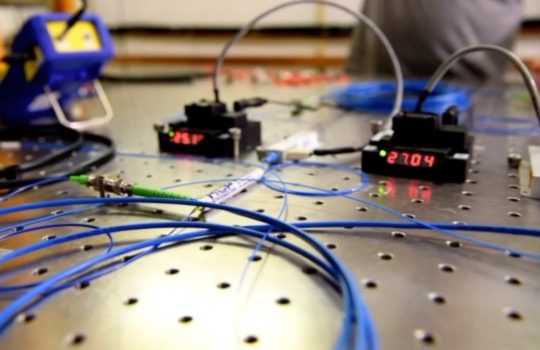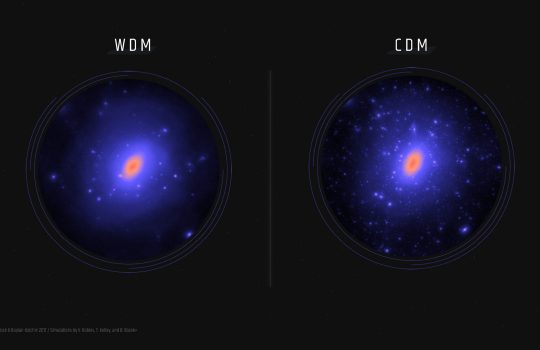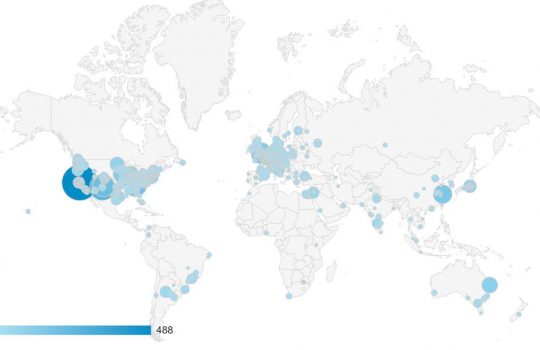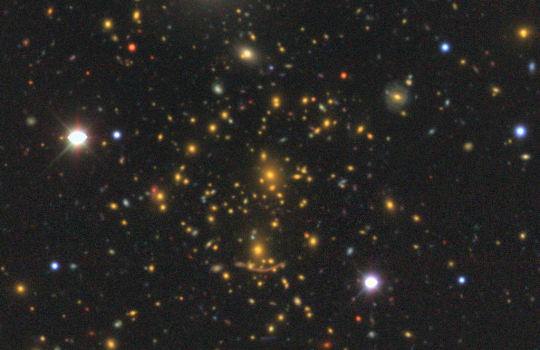Fermilab and partners achieve sustained, high-fidelity quantum teleportation
- California
- Caltech
- IN-Q-NET
- quantum communication
- quantum information science
- quantum science
- quantum teleportation
A joint team of researchers at Fermilab and partner institutions have achieved quantum teleportation, teleporting information over a distance of 44 kilometers. The remarkable achievement supports the premise that scientists and engineers can build a workable and high-fidelity quantum network using practical devices.






